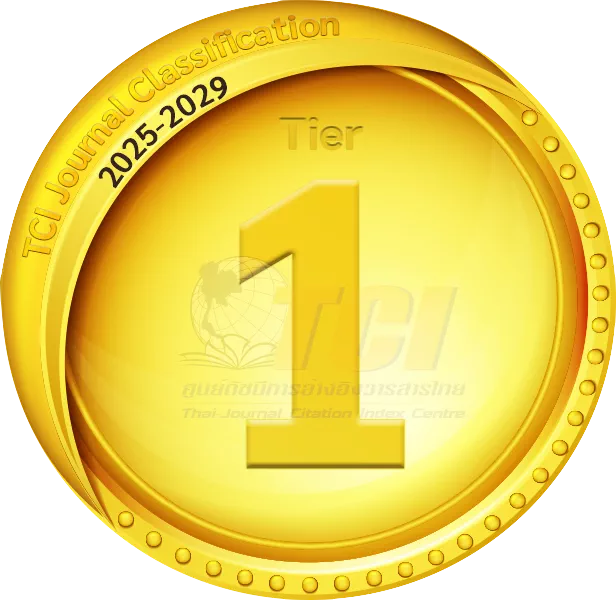Life Satisfaction of Seminary Final Year Students in Yangon, Myanmar: A Path Analytic Study of The Direct and Indirect Influences of Coping Styles Being Mediated by Stress, Anxiety and Depression
Keywords:
Stress, Anxiety, Depression, Coping Style, Problem-Focused Coping, Emotion-Focused Coping, Avoidance-Focused Coping, Life SatisfactionAbstract
The purpose of this study was to investigate the influences of coping styles on the life satisfaction of a sample of seminary final year students in Yangon, Myanmar, both directly and indirectly being mediated by their levels of reported stress, anxiety and depression. A total of 218 Yangon seminary final year students (aged between 20 to 45 years) participated in this study by filling in a self-administered questionnaire designed to measure the study’s primary variables (stress, anxiety, depression, problem-focused coping, emotion-focused coping, avoidance-focused coping, and life satisfaction). The results of the study indicated that the Myanmar seminary final year seminary students’ employment of the emotion-focused coping and avoidance-focused coping styles is directly and significantly related to their reported level of life satisfaction, although in opposite directions. The results also showed that the more the seminary students employed emotion-focused coping to deal with stressful situations, the higher their reported levels of depression, anxiety, and stress. The more the seminary students employed avoidance-focused coping to deal with stressful situations, the lower their reported level of depression. The implications of these findings in relation to the need to assist final year students identify which coping strategy is most effective in helping them cope with the daily stressors they encounter during their final year period were discussed.
Downloads
Published
How to Cite
Issue
Section
License
The submitting author warrants that the submission is original and that she/he is the author of the submission together with the named co-authors; to the extend the submission incorporates text passages, figures, data, or other material from the work of others, the submitting author has obtained any necessary permission.
Articles in this journal are published under the Creative Commons Attribution License (CC-BY What does this mean?). This is to get more legal certainty about what readers can do with published articles, and thus a wider dissemination and archiving, which in turn makes publishing with this journal more valuable for you, the authors.



